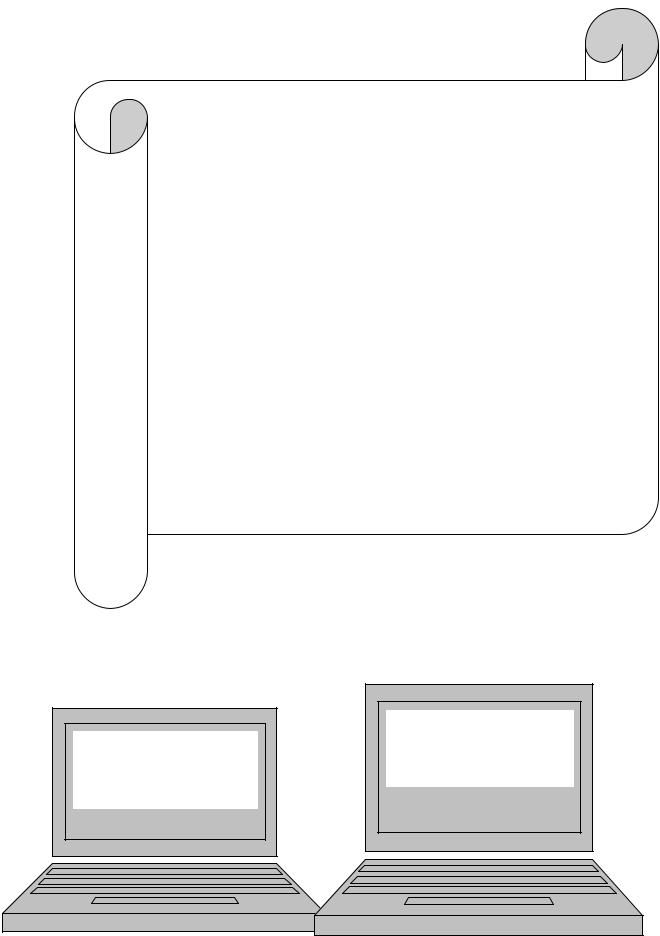
Английскй учебник
.pdf

Conclusions C
1.Older employees, those over 50, are having serious problems with our HMO's ability to provide prescription drugs.
2.Our benefits request system needs to be revised as most complaints concerning in-house processing.
Recommendations
1.Meet with HMO representatives to discuss the serious nature of complaints concerning prescription drug benefits for older employees.
2.Give priority to vacation request response time as employees need faster approval in order to be able to plan their vacations.
3.Take no special actions for the benefits package of younger em-
4. #, ' -
; <) ! ,0. -
!$ , #' # ! # #,
# ' , $ #-
.
SUMMARY
ARTICULATION OF PROBLEM
PREVIOUS WORK
METHOD
FINDINGS.
DISCUSSION
CONCLUSION
363

8. …. could be used to examine and analyze software in any form, source or executable code, to identify the author.
a) software forensics b) computing forensics c) digital forensics
d) data forensics
9. Software forensics helps to tackle ….
a) viruses, trojan horses
b) cyber attacks in the form of viruses, trojan horses, logic bombs, fraud, credit card cloning c) fraud, credit card cloning
10. Source code authorship analysis can be divided into ….
a) 2 sub-fields according to the application area b) 10 sub-fields according to the application area c) 5 sub-fields according to the application area d) 4 sub-fields according to the application area
11. Voice identification is sometimes called ….
a) forensic stylistics b) forensic phonetics c) stylometry
d) forensic linguistics
12. Discourse analysis depends on ….
a)the quality of information recorded
b)the methods of interpreting the information recorded
c)the methodology of conclusion description
d)all listed above
2. ! #' ,
$ , ( – &-
).
•Linguistic evidence
•Language of written texts
•Language of the law
•Language of the judicial process
Forensic linguistics can be fairly characterized as taking linguistic knowledge, methods and insight, and applying them to the forensic context of law, investigation, trial, punishment and rehabilitation. It is not a homogenous discipline in its interest, methods or approach and involves a wide spectrum of practitioners and researchers applying themselves to different areas of the field. ( 1________ )
(I________________________)
370
